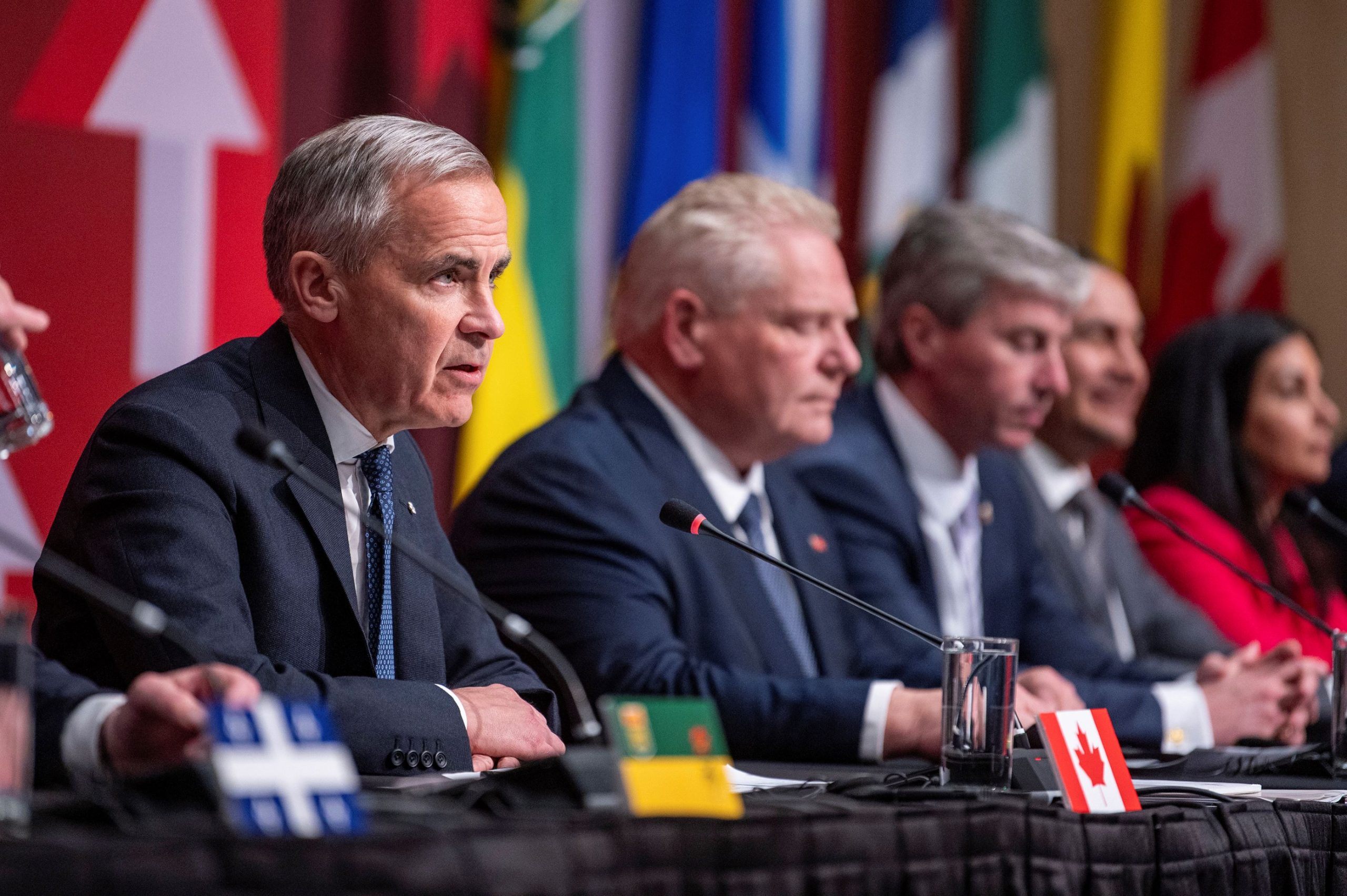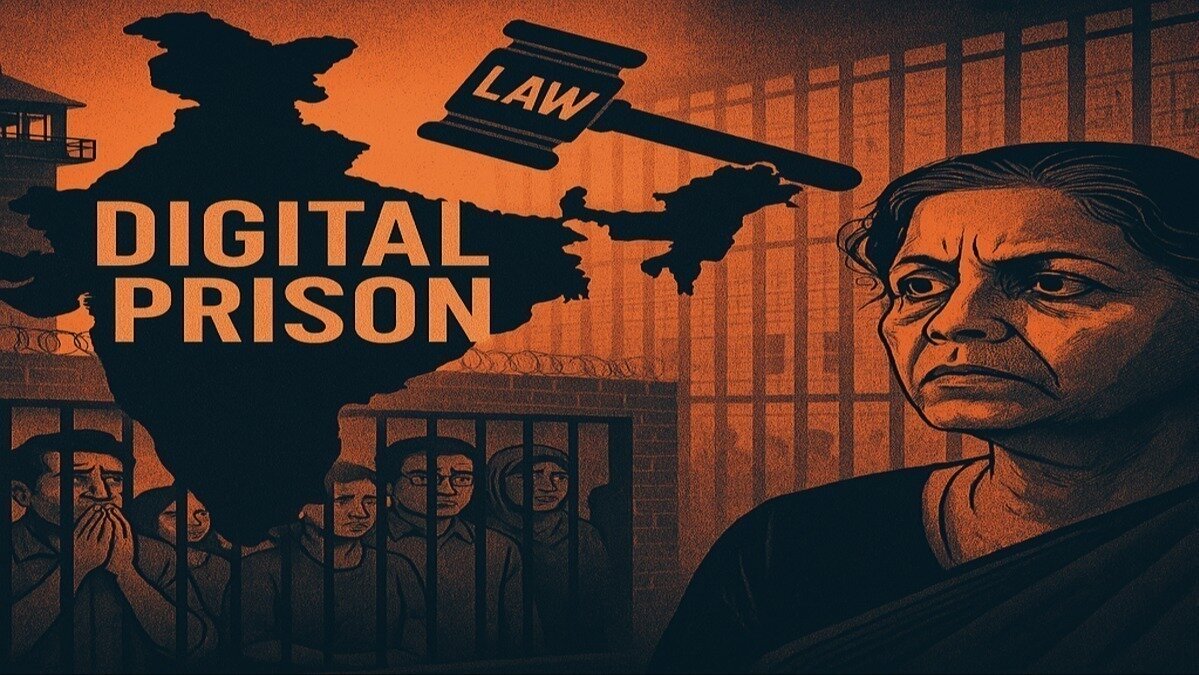Media plays a pivotal role in shaping public discourse, influencing opinions, and driving societal change. The diversity of media ownership is a critical factor that ensures a range of perspectives and voices are represented in the media landscape. In this article, we closely examine the media ownership landscape in Canada, highlighting the challenges it faces and offering insights to foster greater diversity.
Who needs a variety of perspectives and a multitude of voices in our media landscape? Let’s just stick with the same old narratives and viewpoints, brought to you by the “not-so-diverse” conglomerates. Because who needs diversity when you can have the comfort of familiarity, right? Stay tuned for more of the same, served with a side of monopoly – it’s the winning recipe!
The Current State of Media Ownership Diversity
Canada boasts a vibrant and dynamic media industry, with a multitude of outlets spanning television, radio, print, and digital platforms. However, upon closer inspection, concerns arise regarding the lack of diversity in media ownership. The dominance of a few major conglomerates has led to a concentration of power, potentially stifling alternative viewpoints and limiting representation.
Concentration of Media Ownership
The concentration of media ownership in Canada is primarily attributed to a handful of large corporations that control significant market shares. This concentration not only limits the variety of perspectives presented to the public but also raises questions about the potential for bias in reporting and editorial decisions.
Impact on Pluralism and Democracy
A diverse range of media voices is essential for a thriving democracy. Pluralism in media ownership ensures that citizens are exposed to a wide spectrum of opinions, fostering informed decision-making and a more engaged populace. However, the lack of diversity in ownership can inadvertently hinder the democratic process by limiting the range of viewpoints accessible to the public.
Regulatory Framework and Challenges
Canada’s regulatory framework plays a pivotal role in shaping media ownership dynamics. The Canadian Radio-television and Telecommunications Commission (CRTC) is tasked with overseeing the broadcasting and telecommunications sectors, including issues related to media ownership. While regulations are in place to promote diversity, challenges persist due to the complexities of enforcing ownership limits and addressing rapidly evolving digital platforms.
Nurturing Diversity in Media Ownership
To address the concerns surrounding media ownership diversity, stakeholders need to collaborate in implementing strategies that foster inclusivity. Initiatives such as providing support to independent media outlets, promoting grassroots journalism, and encouraging diversity in hiring and content creation can collectively contribute to a more diverse media landscape.










